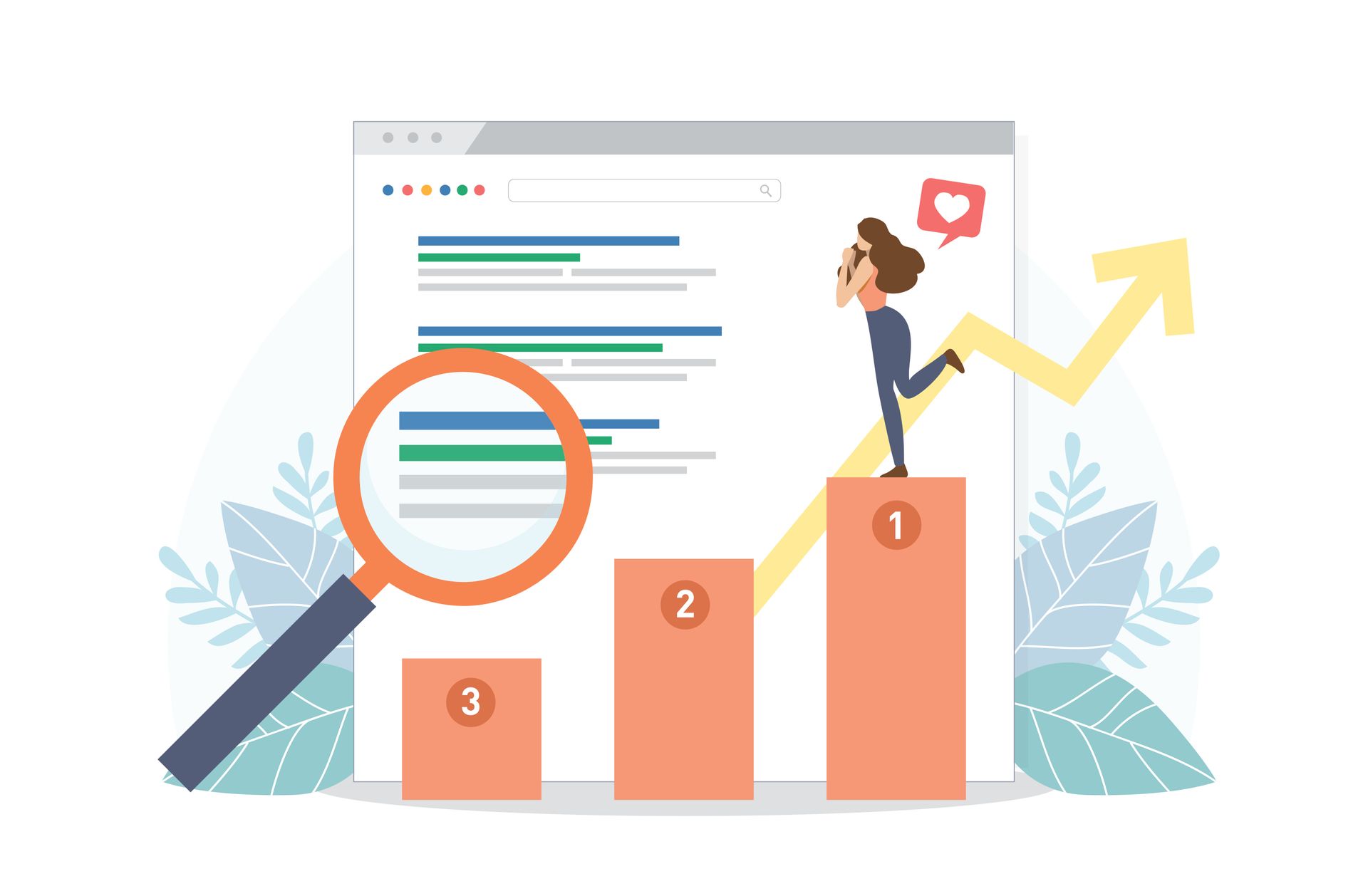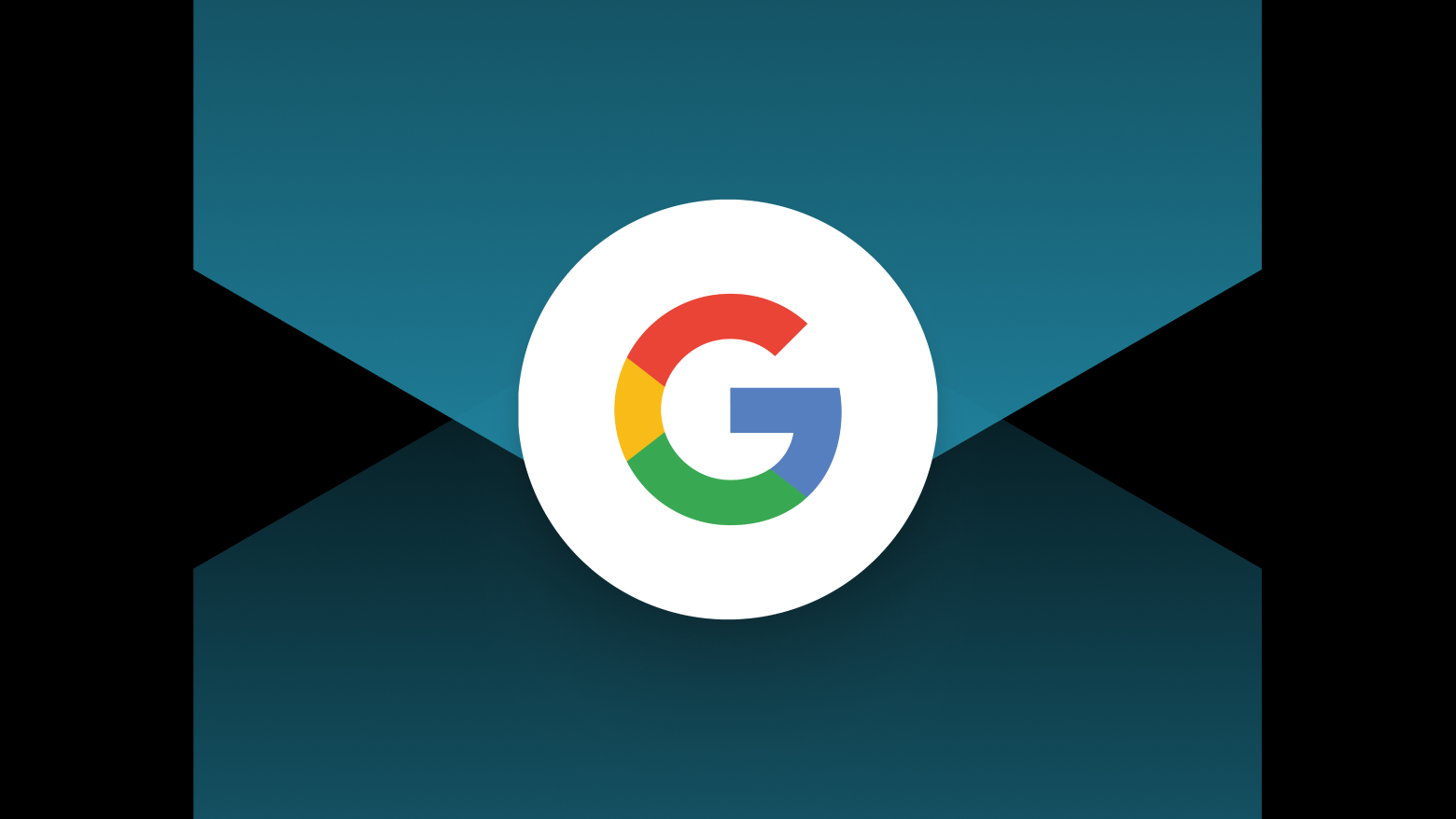Blog Layout
VIV's Website Personalization: The Not-So-Secret Weapon
info • Apr 11, 2020
VIV's Website Personalization: The Not-So-Secret Weapon

Website Personalization. You’ve probably heard of it, you’ve definitely seen it in action, and if a business’ website is converting a lot of customers, chances are they’re using it, in some form, on their sites. However, what you might not know is the fact that businesses who are using personalization to engage and convert customers are likely in the minority as website personalization ‘takes the cake’ as an underused, highly in-demand strategy.
If a business is looking for a way to boost engagement, conversions and revenue with measurable results, they should consider the abundance of opportunities waiting for them with website personalization — a tried, tested and powerful process.
What is Website Personalization?
Website Personalization is a dynamic form of customization. Put simply, it is the process of creating custom website experiences that will appear to visitors based on the criteria of their visit. Depending on who is visiting the website, a business can create a set of personalization rules that will trigger the site to display specialized content for individual visitors.
While the type of experience can be as varied as a business’ customer base, the goal of website personalization is always to engage customers with information that is especially relevant to them and inspire them to take some type of action (such as making a purchase). And although the focus of this blog will be on websites, other channels of communication such as email can also be enhanced with personalization.
Visit Criteria
Generally speaking, date, time and location are the most well-known visit criteria for personalization. From these three factors, a business can quickly build successful personalization rules triggered by any combination thereof. For example, a business can create pop-ups for a flash sale for Bay Area-based customers who visit a site between noon and 1 p.m. on Friday, June 6.
While date, time and location can provide tons of personalization opportunities for businesses, they should be thought of as just a starting point. Any information that relates to visitors to a business’ website can be incorporated into a personalization strategy. And if a business notices some type of pattern as it relates to visiting or doing business on its website, a personalization campaign can likely be built around it. This includes (but is not limited to):
• Shopper behavior (such as previously purchased products)
• Time since last visit
• New vs. returning customers
• Vertical market
• Device used (for example, mobile vs. desktop)
Benefits to a Client’s Business
At the time of writing this blog post, website personalization remains an underutilized business booster, where a simple change can result in higher rates of engagement, conversions and revenue. Statistics have overwhelmingly shown that a simple change to a site element can bring significant returns. For example, a personalized CTA performs 202% better than a basic CTA.
VIV’s Personalization Engine
In VIV’s editor, you can add personalization to a site from a set of pre-built rules or create new ones from scratch. We have Personalization Rules for a wide variety of instances from pop-ups and special notifications to custom contact forms –– and much more.
VIV Personalization Use Cases & Supporting Stats
98% of marketers say personalization helps advance customer relationships (Trends in Personalization Survey, Evergage). Why? Because it shows visitors that companies have made the effort to focus on them (their location, experience, and behaviors) and have taken extra time to create engaging content. In turn, visitors will be more inclined to browse, select services and/or shop. Here are a few examples of simple personalization rules that you can add to your clients’ sites using
VIV’s editor and a few stats that prove their value:
• Store Item Pop-up. 80% of shoppers are more likely to buy from a company that offers personalized experiences (Power of Me, Epsilon Marketing). For your client’s eCommerce solution, you can create a pop-up notifying customers of a new product, or a discount code they can use when they check out.
• First-Time Visitor. 72% of businesses say that video has improved their conversion rates (Impact). With our First-Time Visitor rules, businesses can engage users who are visiting their sites for the first time with an intro video or information that encourages next steps such as scheduling an appointment.
• Menu. With our Menu rule, you can create coupons and time-sensitive menus for restaurants running daily and weekly specials, introducing new dishes or holding happy hours. Phoenix-based restaurant The Glady increased restaurant reservations by using VIV’s personalization engine.
• Visitors Nearby. 44% of shoppers want brands to personalize coupons based on location (Episerver). Our Visitors Nearby rule lets you quickly create and display special coupons for visitors based on their location.
• Campaign URL. On a similar note, 61% of smartphone users say they’re more likely to buy from companies whose mobile sites customize information to their location (Google). You can create and display custom click-to-call buttons for users based on device and location using VIV’s Campaign URL rule.
Conclusion: Customers Want & Expect Personalization
Not only are visitors willing to engage with sites that have been personalized in some way, it has also gotten to a point where they’re expecting it. Therefore, if a website’s content can be changed to engage a specific type of customer or visitor, a business can (and should) build a personalization rule around it.
While we have included some impressive stats in this blog, they are just a small fraction of the overwhelming amount of evidence out there that makes the case for website personalization. More often than not it’s worth the time and investment for businesses to add personalize rules to their sites. And thanks to the simple, straightforward user interface of VIV’s personalization engine, minimal time is needed to get a big return.

16 May, 2023
In today's digital age, having a solid online presence is vital for the success of small businesses. A well-designed, user-friendly website helps you attract and engage potential customers and plays a crucial role in search engine optimization (SEO). In 2023, with evolving technology and changing consumer preferences, updating your website is more important than ever. In this article, we'll explore why small businesses must prioritize website updates this year to stay competitive and maximize their SEO efforts. Enhance User Experience: User experience (UX) is critical to website performance and SEO. As search engines become more sophisticated, they prioritize websites that provide excellent user experiences. Updating your website can improve navigation, load times, and mobile responsiveness, creating a seamless and enjoyable experience for your visitors. A positive UX will result in longer visit durations, lower bounce rates, and increased chances of conversion, all of which contribute to improved search engine rankings. Stay Ahead of Design Trends: Website design trends evolve rapidly, and outdated websites can appear unprofessional and drive potential customers away. Upgrading your website's design in 2023 allows you to incorporate the latest visual elements, modern layouts, and engaging multimedia content that captivate your target audience. A visually appealing and contemporary website reflects positively on your brand, increasing customer trust and credibility and ultimately improving your SEO efforts. Optimize for Mobile: Mobile internet usage has been steadily increasing, and search engines now prioritize mobile-friendly websites in their search results. Ensuring your website is optimized for mobile devices is crucial for SEO success in 2023. Responsive design, fast loading speeds, and easy navigation on smartphones and tablets will improve user experience and increase your website's visibility on search engine result pages (SERPs). By updating your website to be mobile-friendly, you can tap into a wider audience and boost your SEO rankings. Leverage Voice Search Optimization: The rise of voice-activated devices and virtual assistants has significantly impacted search behavior. More users are turning to voice search to find information, products, and services. To stay competitive, small businesses must optimize their websites for voice search in 2023. Upgrading your website to include conversational and natural language keywords, structured data markup, and concise, informative content tailored to voice queries will help you rank higher in voice search results, leading to increased organic traffic and visibility. Implement Structured Data Markup: Structured data markup, or schema markup, provides search engines with additional context about your website's content. By incorporating schema markup into your updated website, you can enhance search engine understanding, increase visibility in rich snippets, and improve click-through rates. Structured data can highlight key information such as product details, business hours, reviews, and events, making your website more informative and enticing for users and search engines. In 2023, updating your small business website is essential for maintaining a competitive edge and optimizing your SEO efforts. By enhancing user experience, adopting modern design trends, optimizing for mobile devices and voice search, and implementing structured data markup, you can position your website for success. Embrace the evolving digital landscape, cater to changing consumer preferences, and watch your website rise in search engine rankings, driving organic traffic and boosting your small business's growth and profitability.
We're Helping Local Businesses Succeed. Let’s grow together.
Get in touch today!
Let us know about your marketing goals and one of our marketing specialists will be in contact with you!
Browse Our Packages
We've been lucky to work with over 2,100+ businesses. Check out some of our packages!
CONTACT US
We bring the team to the table to provide the best value for your business strategy. We're experts at collaborating the many different moving parts of digital marketing so that you can be the expert at running your business.
(812) 618-9498
10999 Stahl Rd, Newburgh, IN 47630
USEFUL LINKS
All Rights Reserved | VIV
© 2024
Evolv, Inc, doing business as Evolv is a registered Independent Sales Organization of Wells Fargo Bank N.A., Concord, CA and Fifth Third Bank, N.A., Cincinnati, OH

